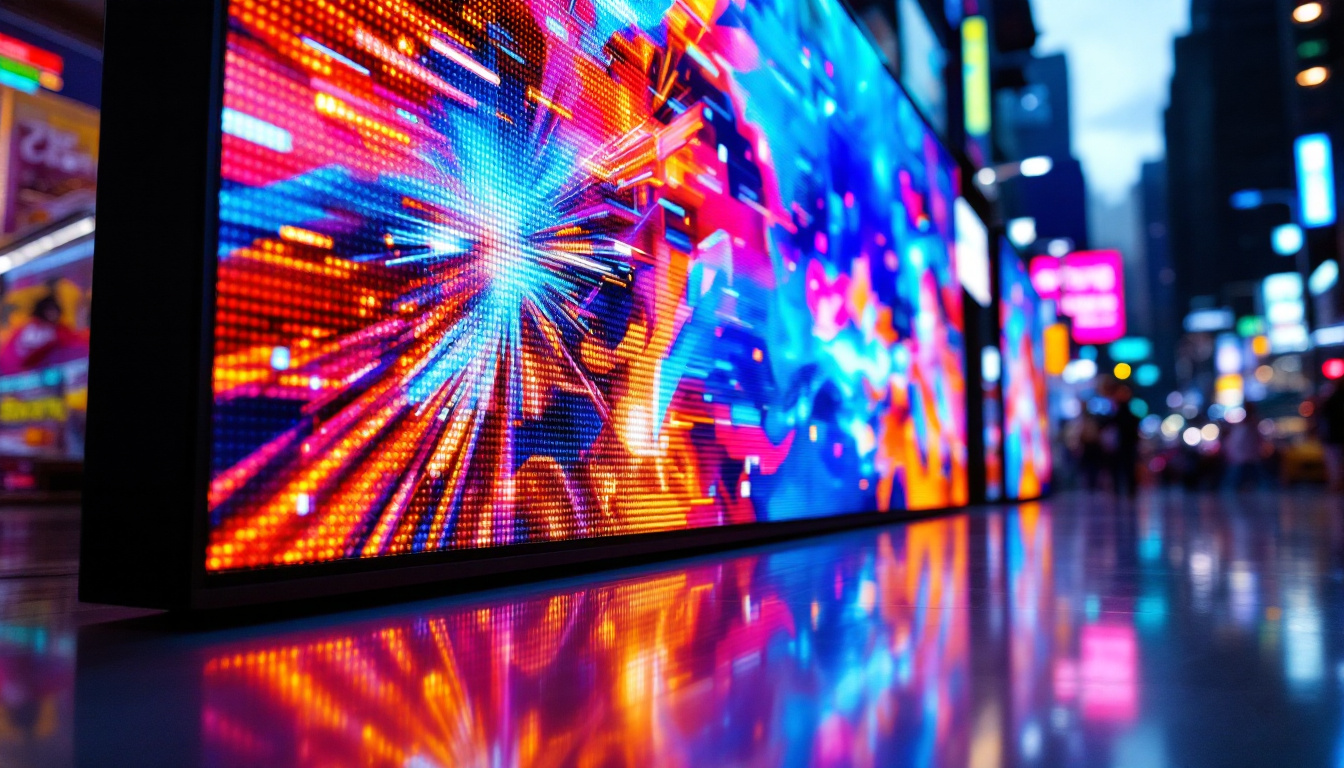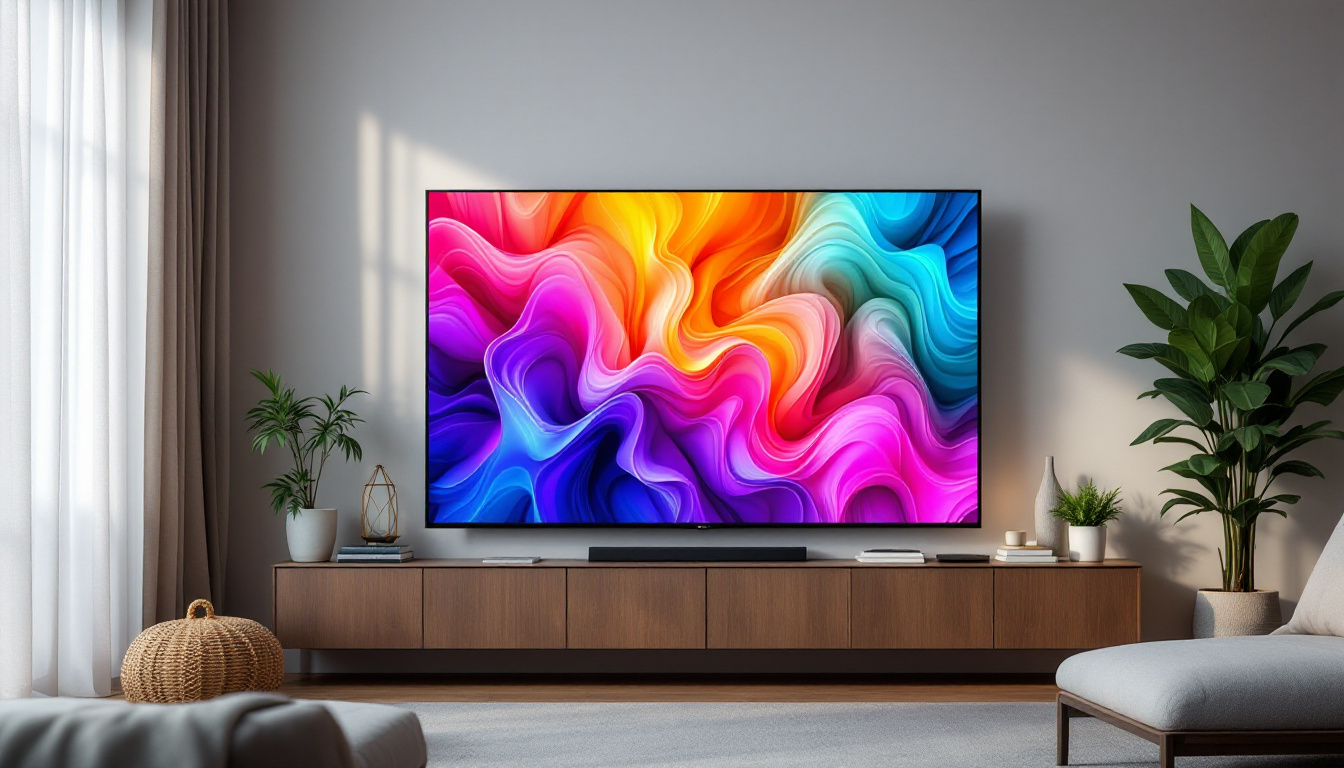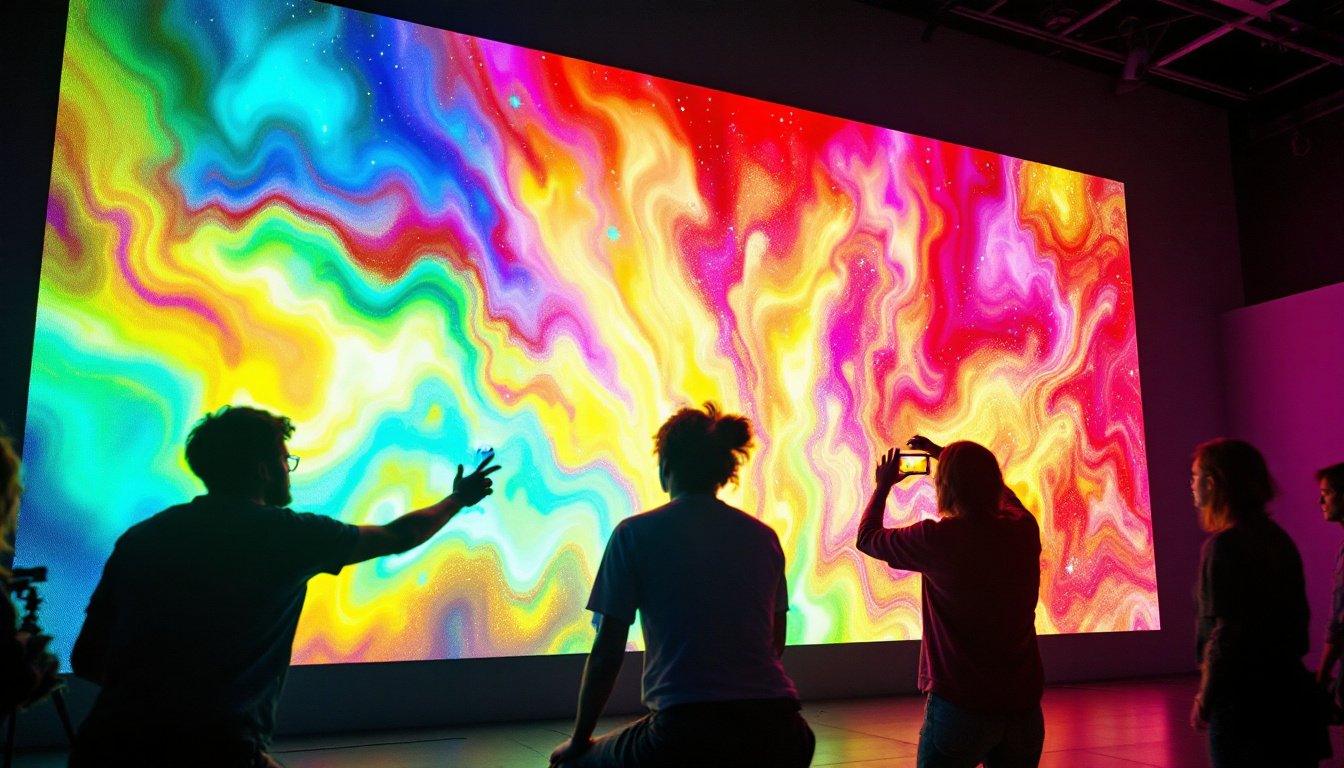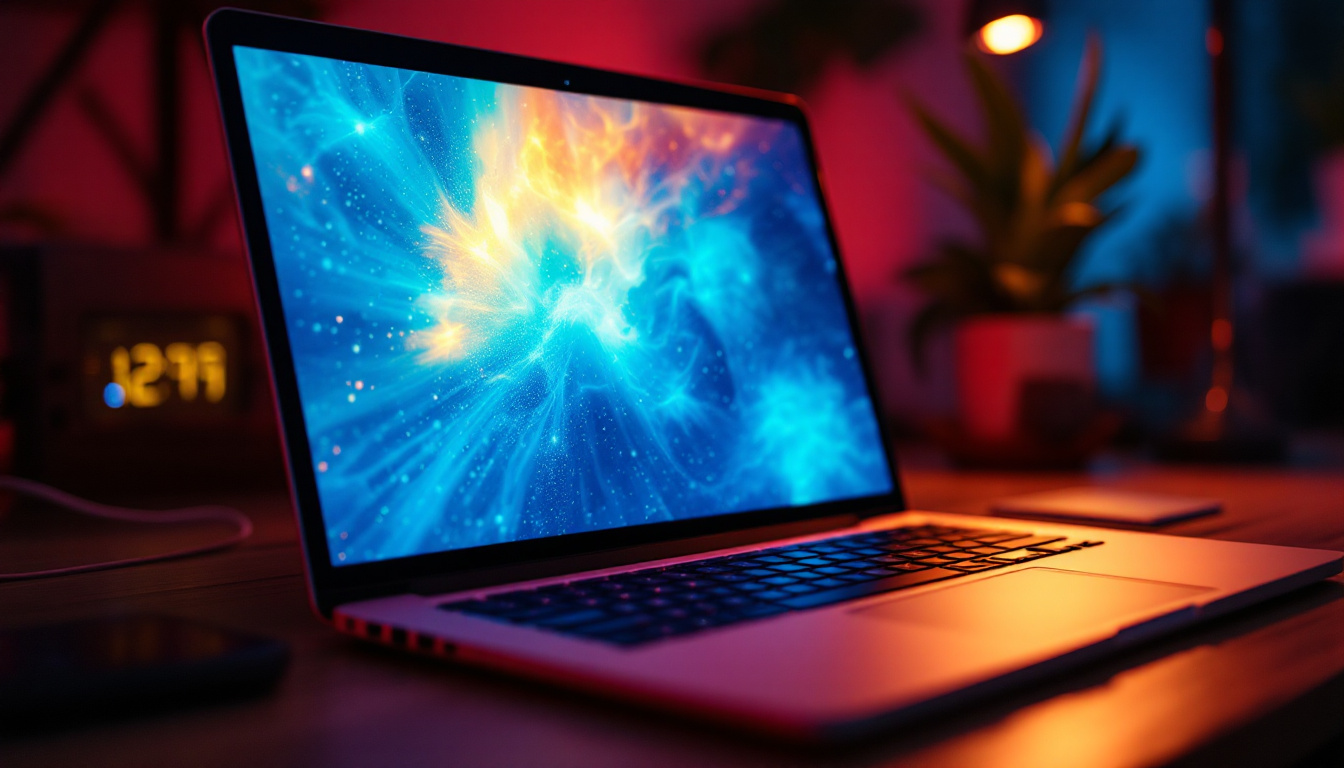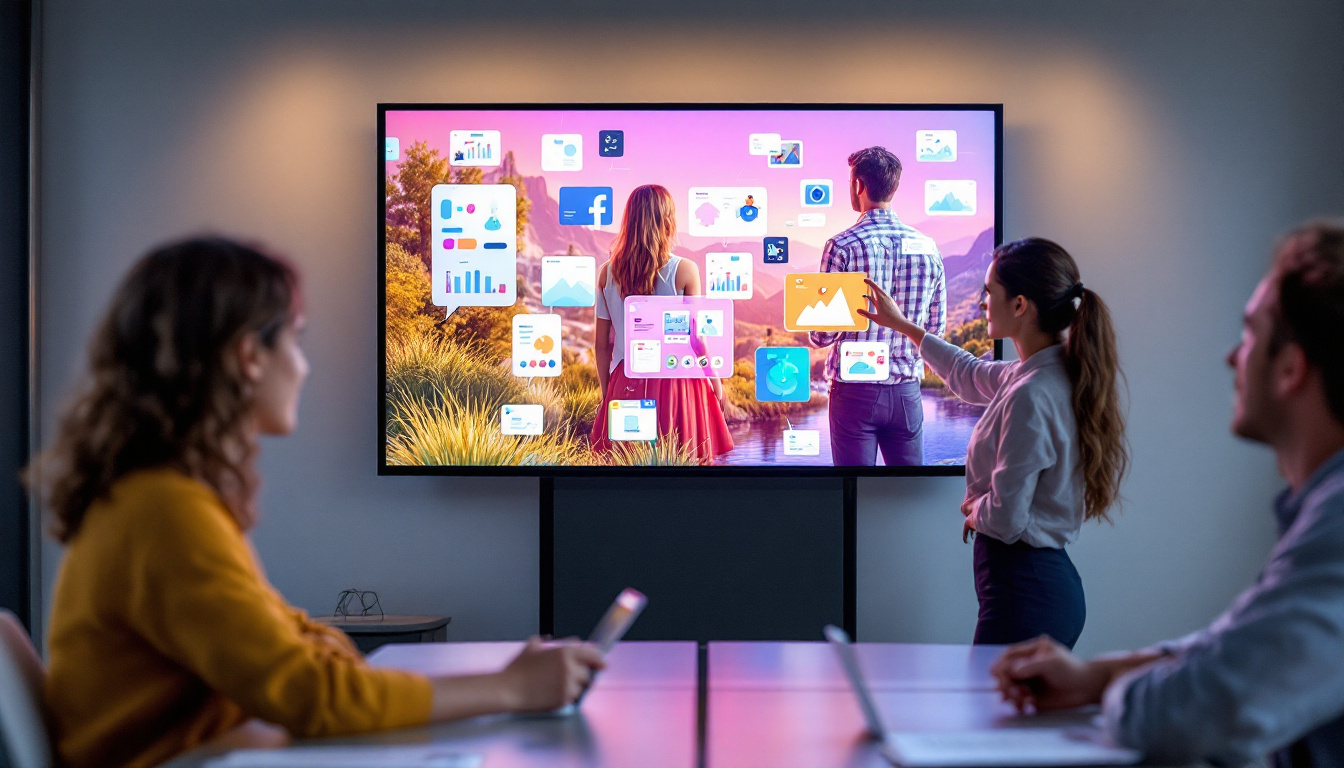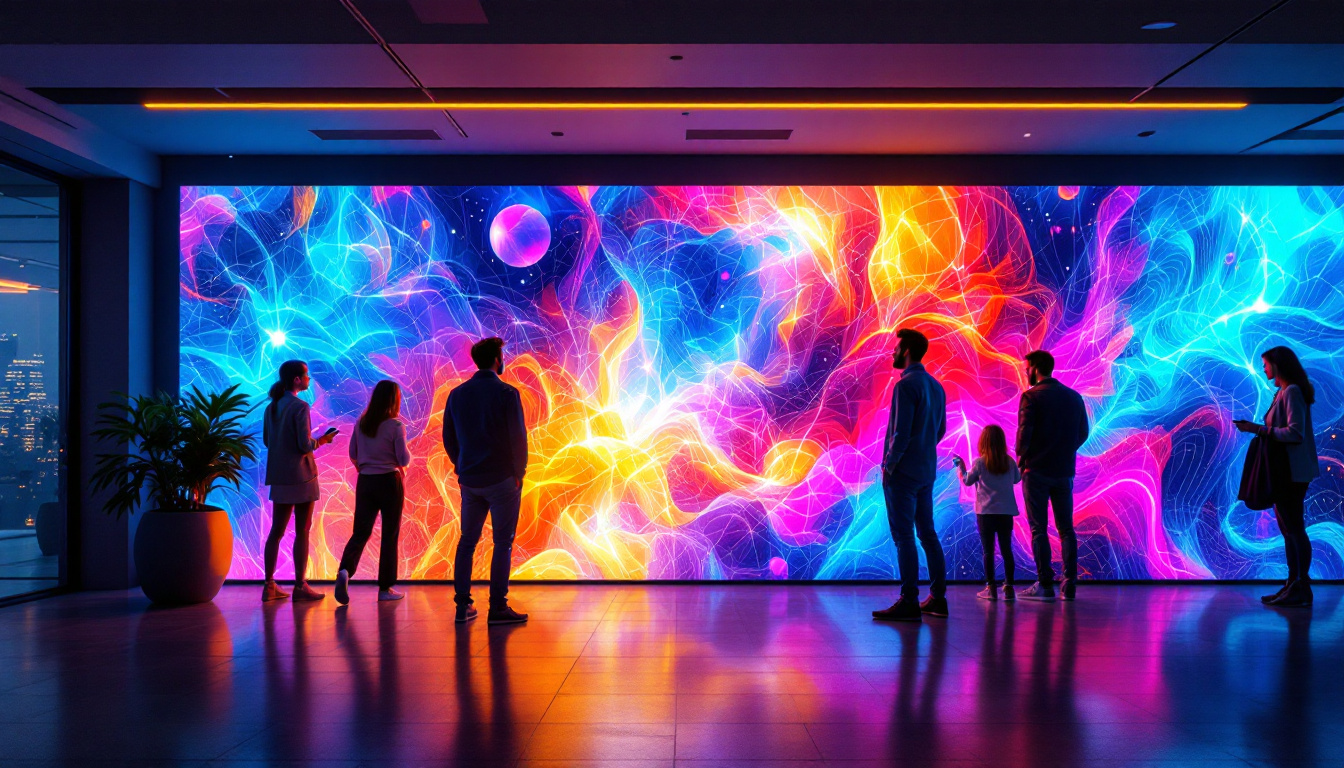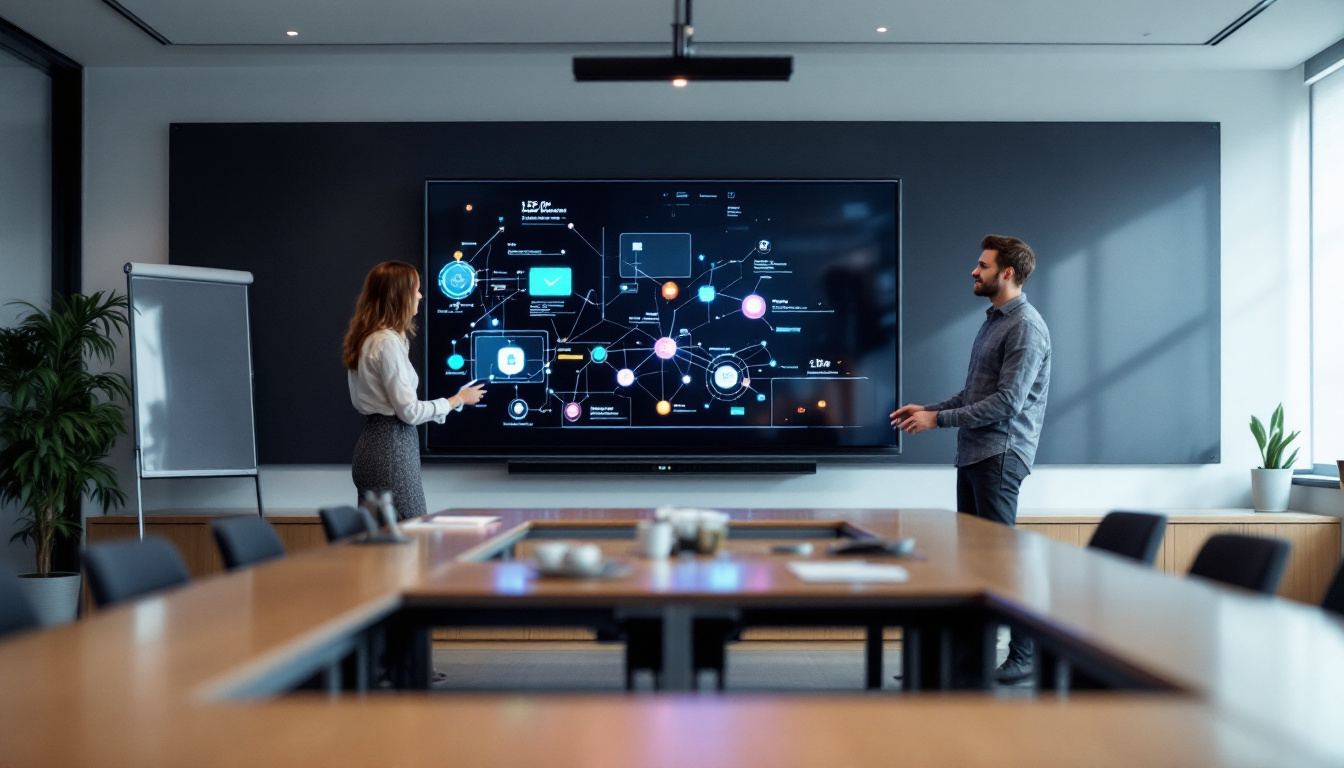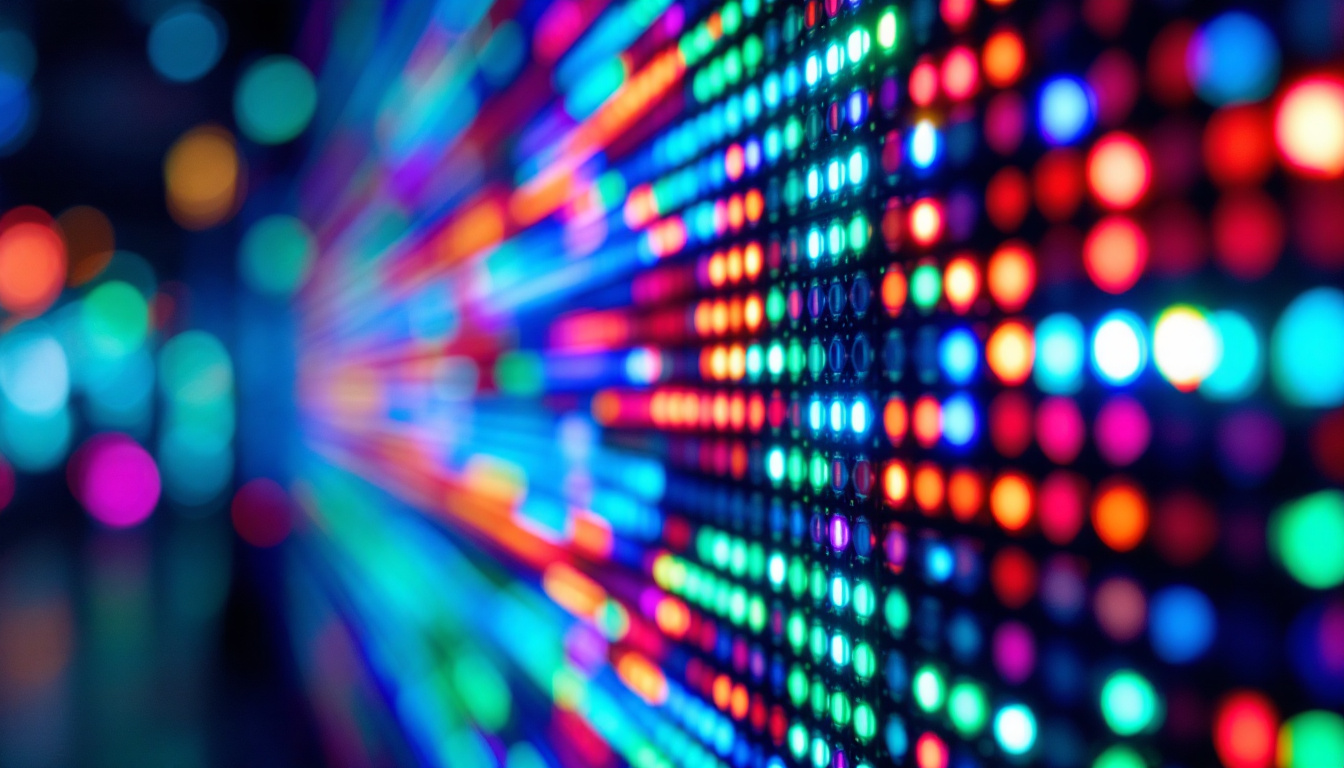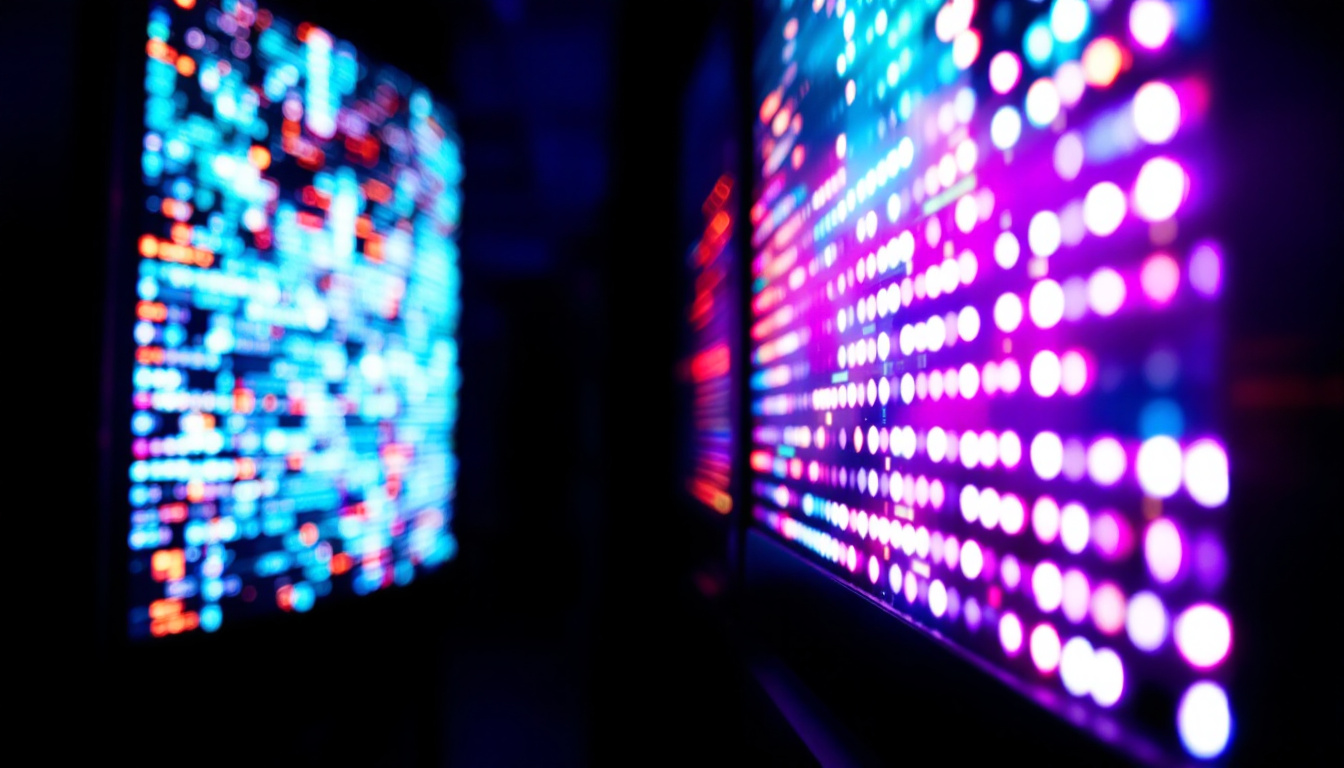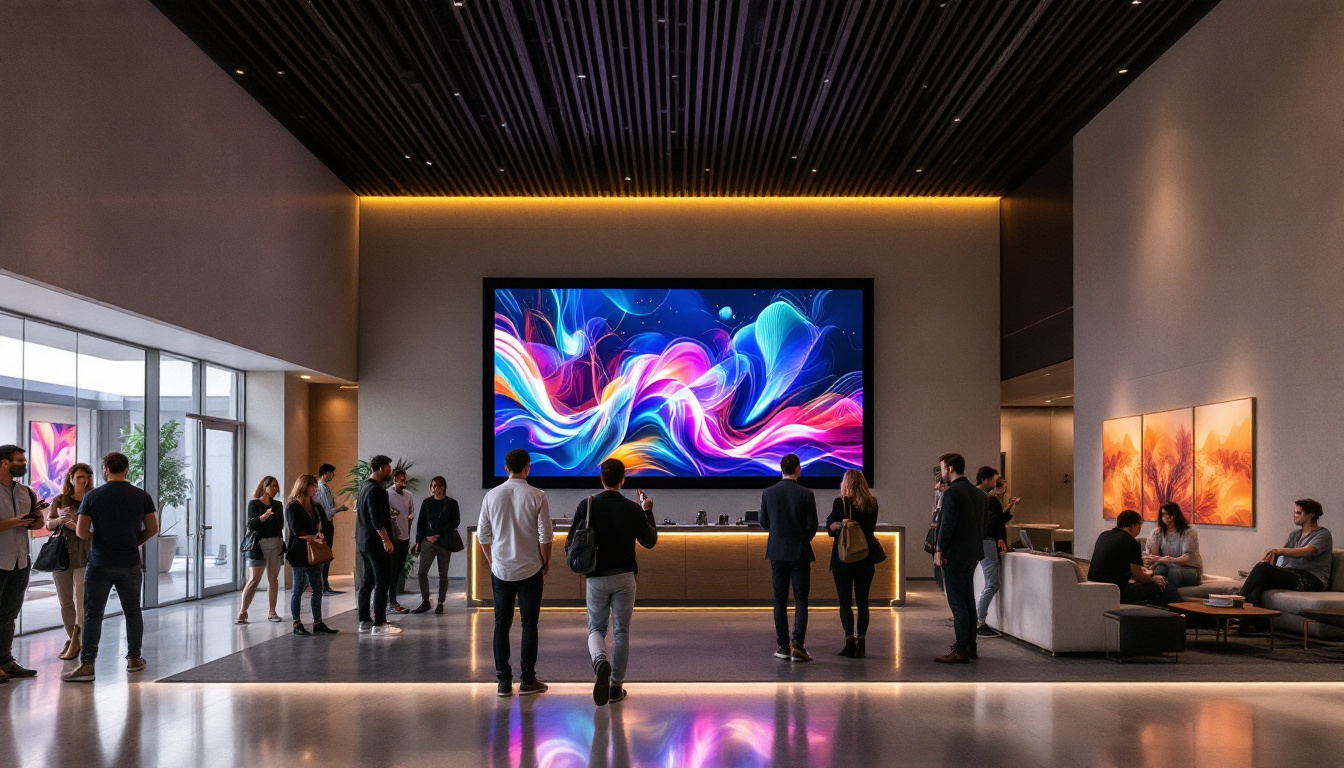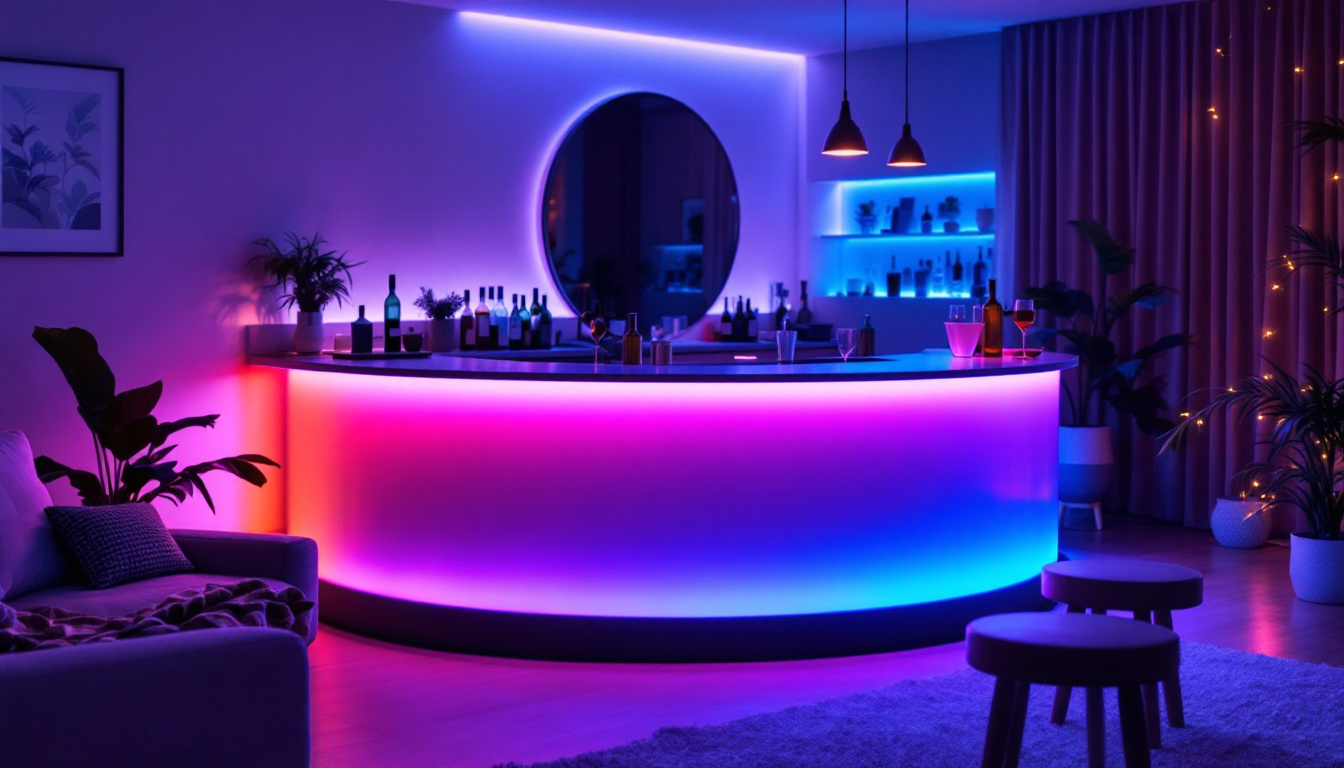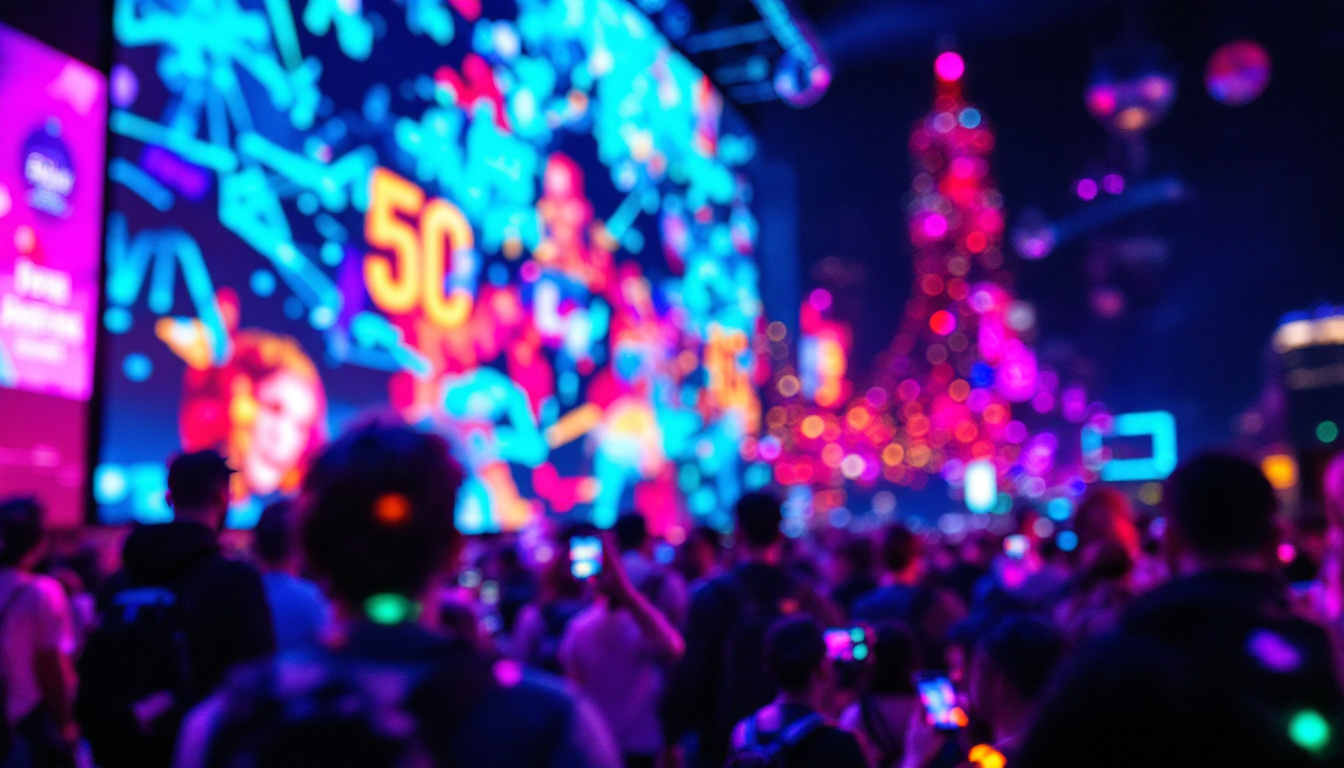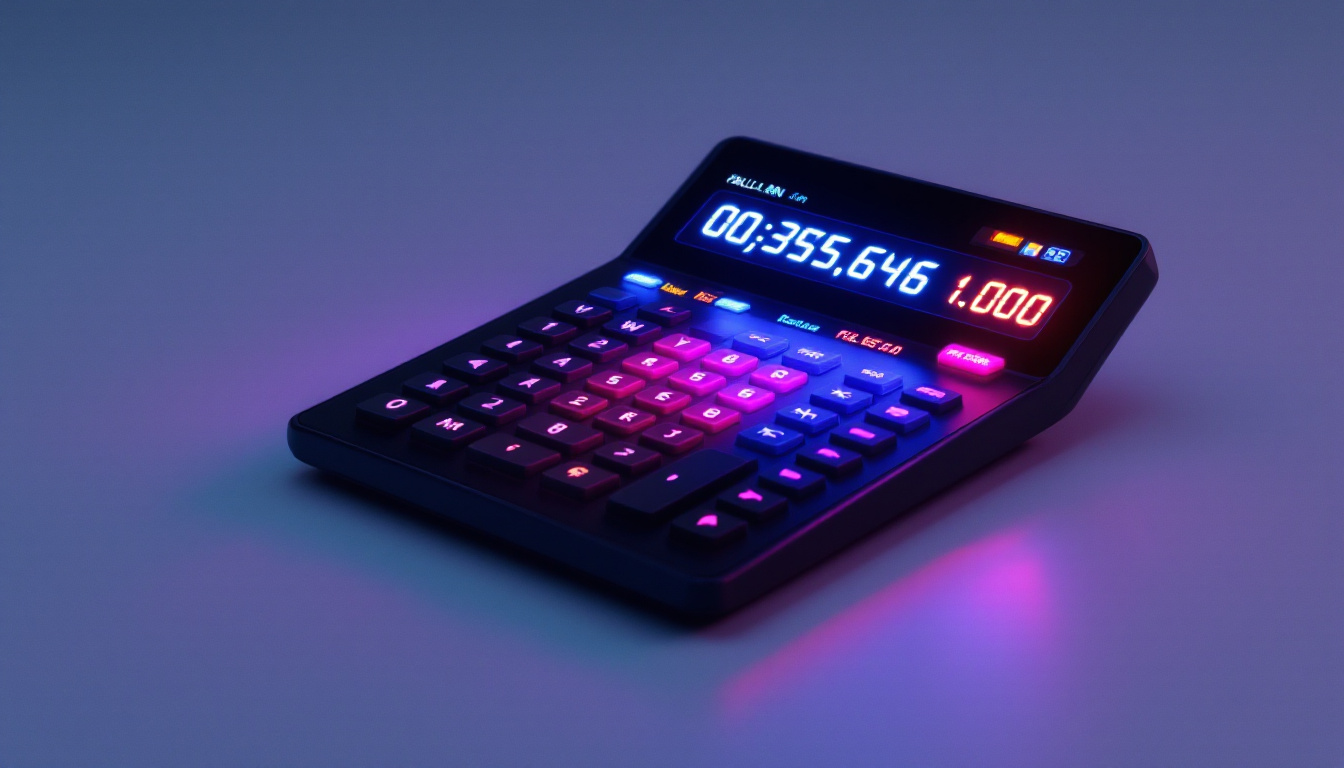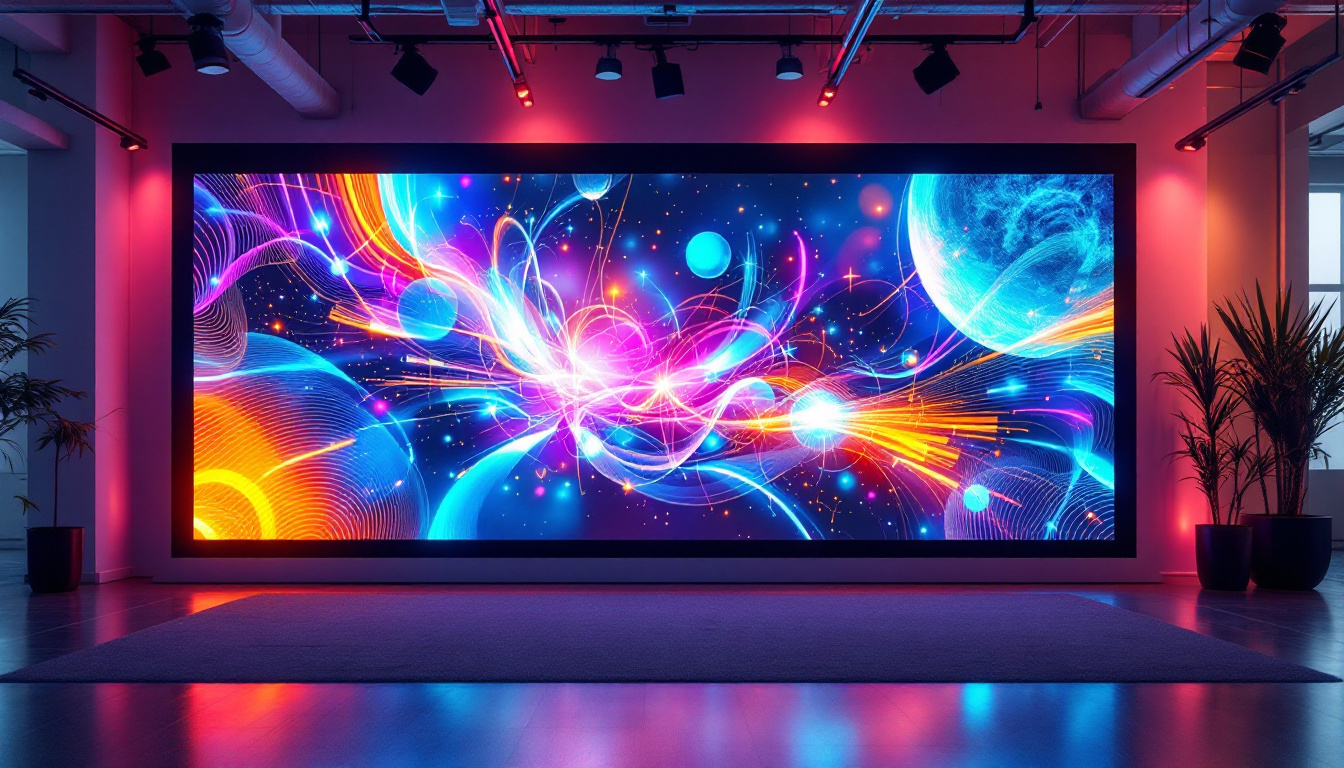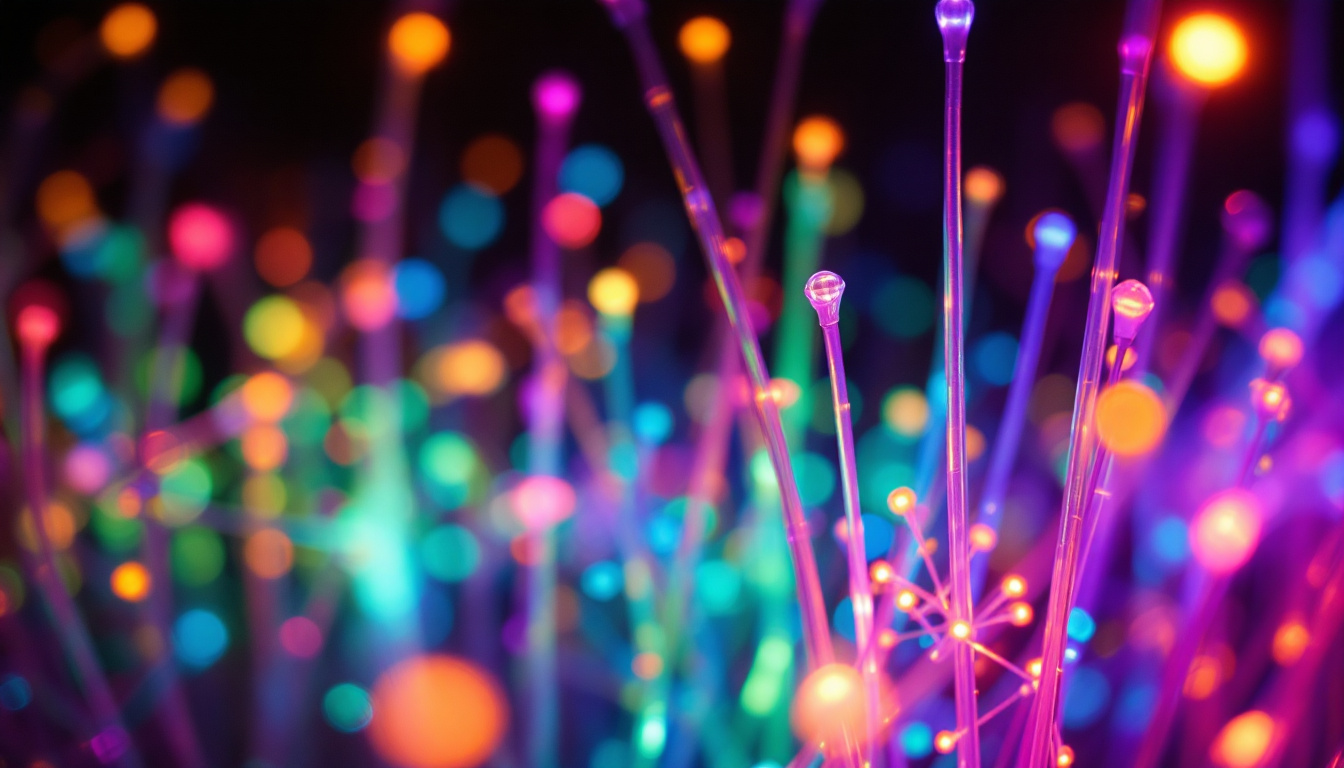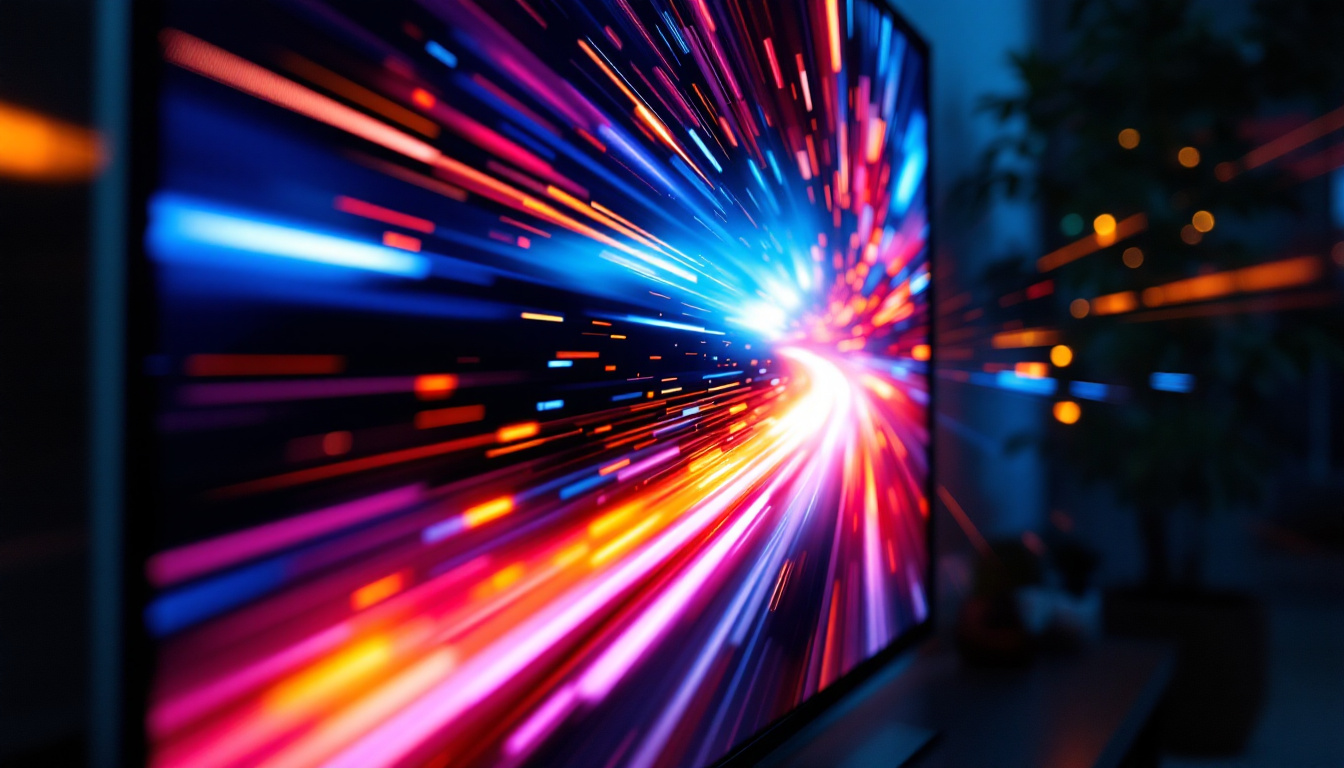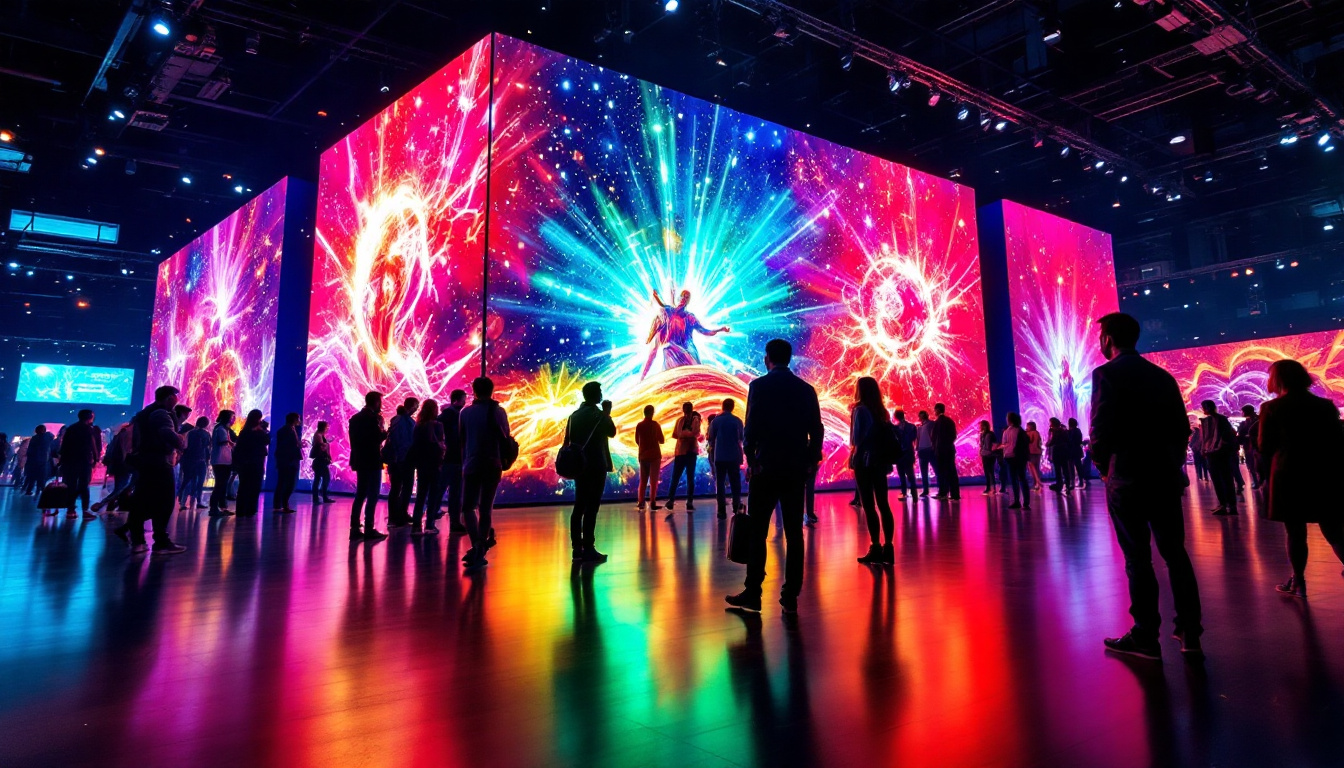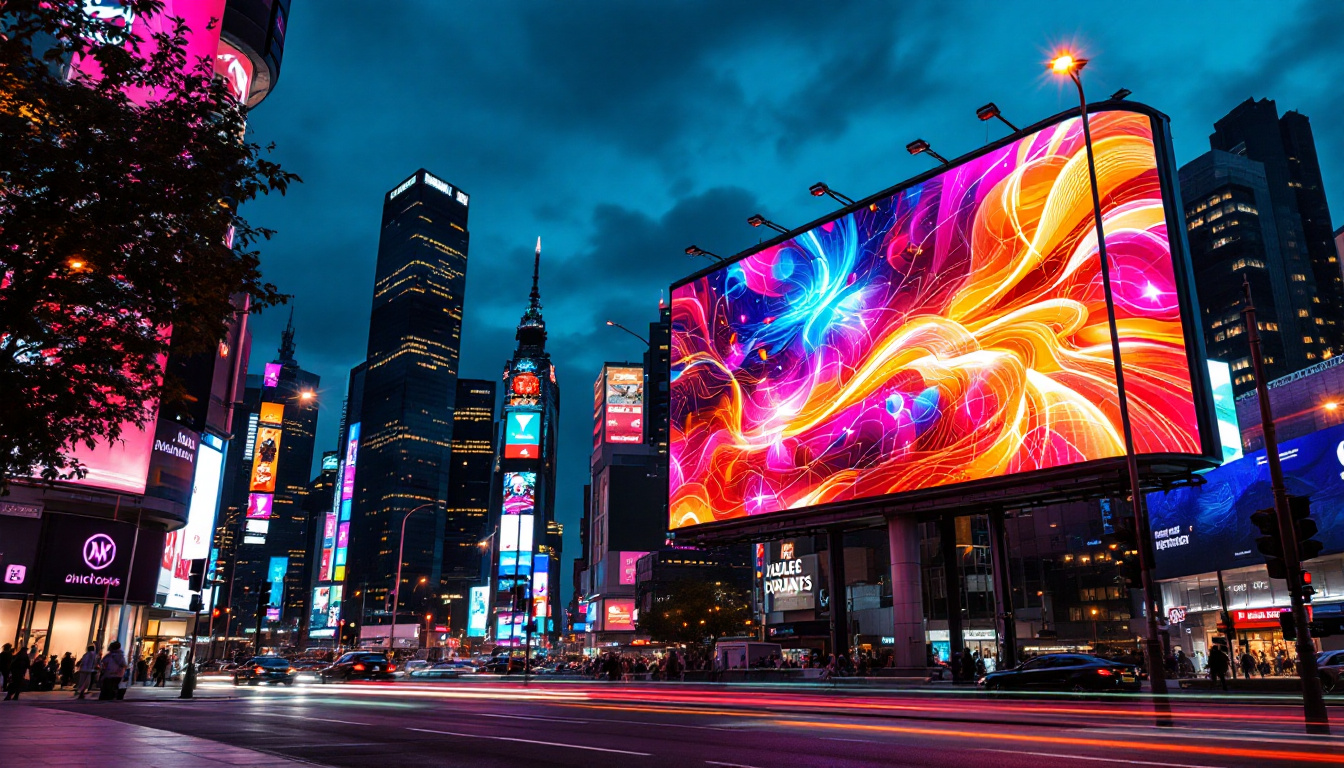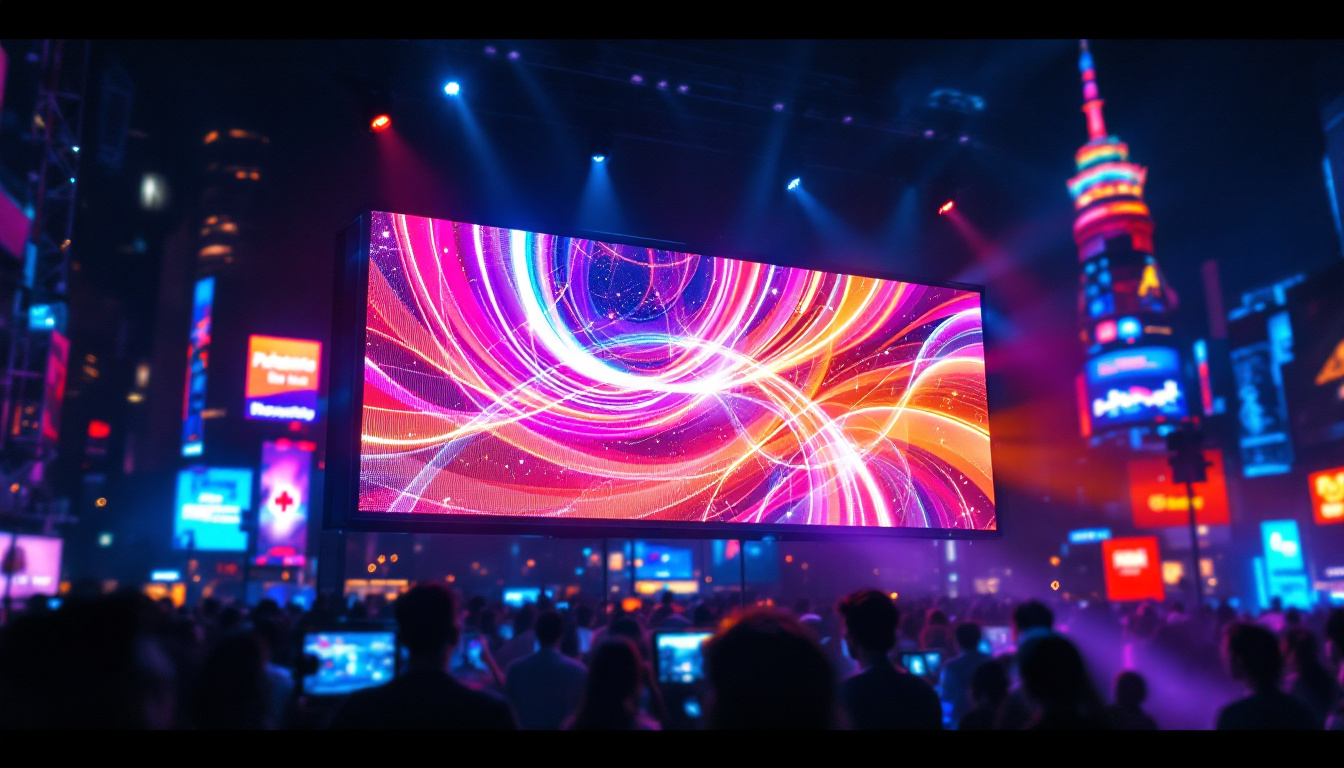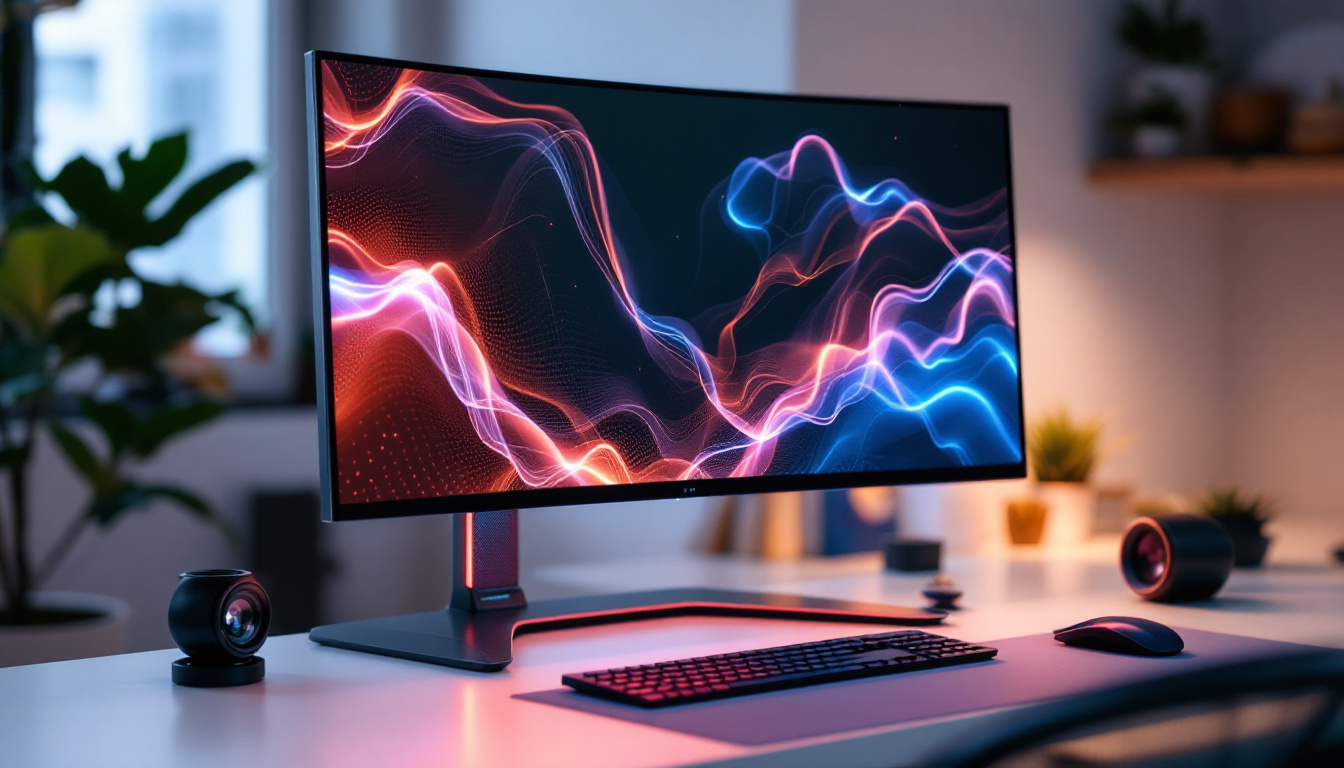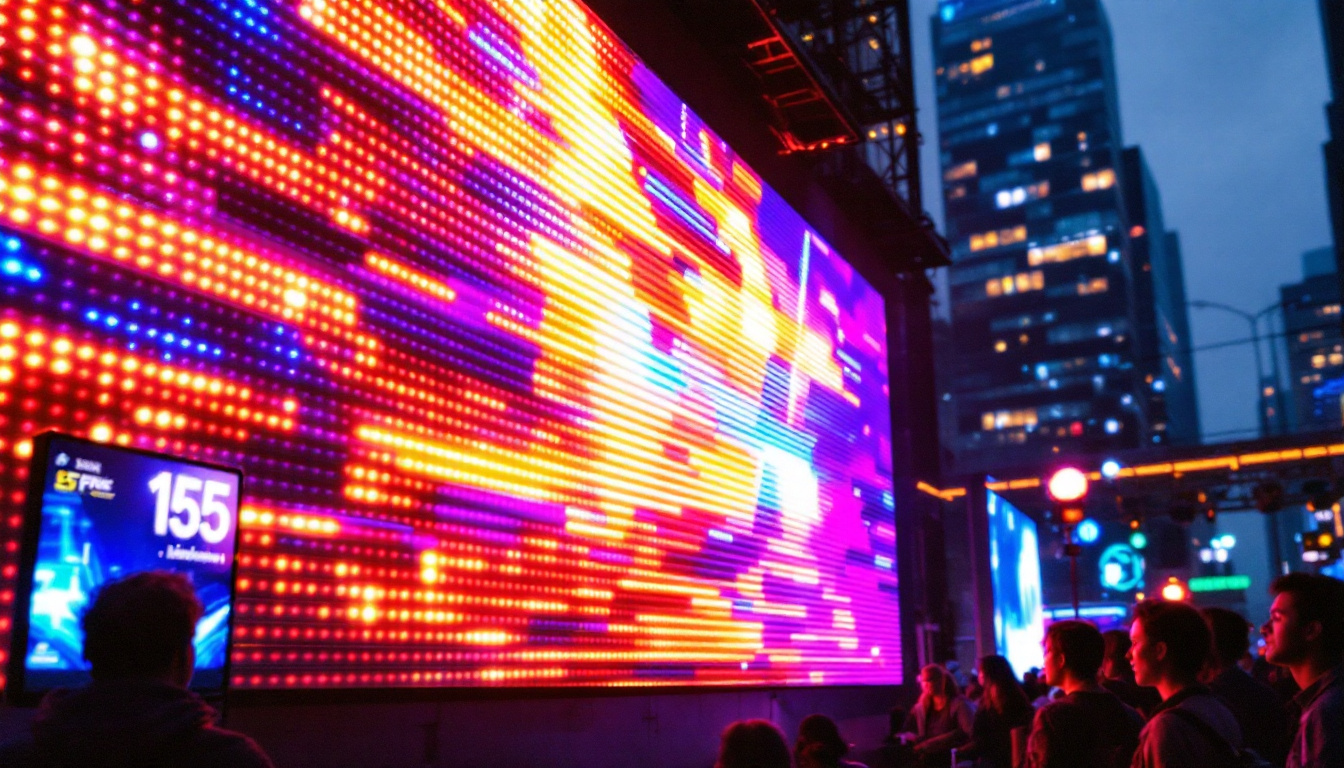In the realm of modern technology, touchscreen panels have revolutionized the way users interact with devices. These interfaces have become ubiquitous, found in smartphones, tablets, kiosks, and various other electronic devices. At the heart of many touchscreen panels lies the LED display, a technology that has transformed visual experiences. This article delves into the intricacies of touchscreen panels and LED displays, exploring their functionalities, advantages, and applications.
Understanding Touchscreen Technology
Touchscreen technology enables users to interact directly with what is displayed on the screen, eliminating the need for traditional input devices like keyboards and mice. This direct interaction has made touchscreen panels increasingly popular across various sectors, from consumer electronics to industrial applications. The convenience and intuitive nature of touchscreens have transformed how we engage with devices, making technology more accessible to users of all ages and backgrounds.
Types of Touchscreen Technologies
There are several types of touchscreen technologies, each with its unique mechanisms and benefits. The most common types include resistive, capacitive, and optical touchscreens. Each type is designed to cater to specific user needs and environmental conditions, ensuring that touchscreens can be effectively utilized in a wide range of applications.
Resistive touchscreens consist of multiple layers that detect pressure applied to the screen. When the user taps the screen, the layers make contact, registering the touch. This technology is cost-effective and works well with gloves or styluses, making it suitable for industrial applications. Additionally, resistive touchscreens are often more durable against environmental factors such as dust and moisture, which is why they are frequently found in kiosks and outdoor displays.
Capacitive touchscreens, on the other hand, utilize the electrical properties of the human body. They detect touch through changes in capacitance, allowing for multi-touch capabilities and a more responsive user experience. This technology is prevalent in smartphones and tablets due to its superior clarity and sensitivity. Capacitive screens can also support advanced gestures, such as pinch-to-zoom and swipe, enhancing the overall interaction and making it more fluid and engaging for users.
How Touchscreens Work
The functionality of touchscreen panels is based on the interaction between the user’s touch and the screen’s surface. When a user touches the screen, the device’s sensors detect the location of the touch and send this information to the processor. The processor then responds by executing the corresponding action, such as opening an application or selecting an item. This rapid feedback loop is crucial for maintaining a seamless user experience, as it allows for immediate interaction with the device.
In capacitive touchscreens, a layer of conductive material creates an electrostatic field. When a finger touches the screen, it disrupts this field, allowing the device to pinpoint the touch location accurately. In contrast, resistive touchscreens rely on pressure, making them less sensitive but more versatile in various environments. Furthermore, advancements in touchscreen technology have led to the development of hybrid systems that combine the benefits of both resistive and capacitive technologies, offering users the best of both worlds. These innovations continue to push the boundaries of how we interact with technology, paving the way for more immersive and interactive experiences in our daily lives.
LED Displays: The Heart of Modern Screens
Light Emitting Diode (LED) displays have become the standard for modern screens, offering vibrant colors, high contrast ratios, and energy efficiency. These displays are commonly used in televisions, computer monitors, and touchscreen panels, making them integral to user experience.
What is an LED Display?
An LED display consists of an array of tiny light-emitting diodes that create images by illuminating pixels. Each pixel is made up of red, green, and blue (RGB) diodes, which combine to produce a full spectrum of colors. The ability to control each pixel individually allows for high-resolution images and videos.
LED displays can be categorized into two main types: direct-lit and edge-lit. Direct-lit LED displays have backlighting behind the entire screen, providing uniform brightness. Edge-lit displays, however, use LEDs along the edges of the screen, which can lead to variations in brightness and contrast. This distinction is crucial for consumers and manufacturers alike, as it influences the overall viewing experience and the applications for which the displays are best suited.
Advantages of LED Displays
LED displays offer numerous advantages over traditional display technologies, such as LCD and CRT. One of the most significant benefits is their energy efficiency. LED technology consumes less power, making it an environmentally friendly option.
Additionally, LED displays provide brighter images with higher contrast ratios. This capability enhances visibility in various lighting conditions, making them ideal for outdoor applications. Furthermore, LED displays have a longer lifespan compared to other technologies, reducing the need for frequent replacements. This durability is particularly advantageous in commercial settings, where screens are often in constant use, such as in advertising billboards or digital signage in retail environments.
Moreover, the rapid advancements in LED technology have led to the development of innovative display formats, such as OLED (Organic LED) and MicroLED. OLED displays, for instance, utilize organic compounds that emit light when an electric current is applied, allowing for even deeper blacks and a wider viewing angle. MicroLED technology, on the other hand, consists of microscopic LEDs that can be arranged in a modular fashion, offering incredible flexibility in screen size and resolution. These emerging technologies are pushing the boundaries of what LED displays can achieve, promising even more immersive and dynamic visual experiences for users.
Integration of Touchscreen Panels and LED Displays
The combination of touchscreen panels and LED displays has led to the development of highly interactive devices that enhance user engagement. This integration allows for a seamless experience, where users can navigate through applications, browse the internet, and interact with content effortlessly.
Applications in Consumer Electronics
In consumer electronics, the integration of touchscreen panels and LED displays has transformed devices like smartphones and tablets into powerful tools for communication, entertainment, and productivity. The intuitive nature of touchscreens, combined with the vibrant visuals of LED displays, provides users with an engaging experience.
Smartphones, for instance, leverage this technology to offer features such as multi-touch gestures, allowing users to pinch, zoom, and swipe with ease. The high-resolution LED displays ensure that images and videos are displayed with stunning clarity, making them ideal for multimedia consumption.
Industrial and Commercial Uses
Beyond consumer electronics, touchscreen panels with LED displays have found significant applications in industrial and commercial settings. Kiosks, for example, utilize this technology for interactive information dissemination in places like airports, malls, and museums.
In industrial environments, touchscreen panels can withstand harsh conditions while providing real-time data access. Operators can monitor machinery, adjust settings, and troubleshoot issues directly from the touchscreen interface, enhancing operational efficiency.
Challenges and Considerations
While the integration of touchscreen panels and LED displays offers numerous benefits, there are also challenges and considerations that need to be addressed. Understanding these factors is crucial for manufacturers and developers aiming to create effective devices.
Durability and Maintenance
One of the primary concerns with touchscreen panels is their durability. Touchscreens are often subjected to frequent use, which can lead to wear and tear over time. Manufacturers must consider the materials used for the screen surface to ensure resistance to scratches and impacts.
Additionally, maintenance is essential to keep the touchscreen functioning optimally. Regular cleaning and software updates are necessary to prevent performance issues and enhance user experience. Manufacturers should design devices with easy maintenance in mind, allowing users to keep their devices in top condition.
Cost Considerations
The cost of integrating touchscreen panels with LED displays can be significant. While the technology has become more affordable over the years, high-quality components can still drive up production costs. Manufacturers must balance quality with affordability to remain competitive in the market.
Furthermore, the initial investment in touchscreen technology may deter some businesses from adopting it. However, the long-term benefits, such as improved user engagement and operational efficiency, often outweigh the upfront costs.
The Future of Touchscreen Panels and LED Displays
The future of touchscreen panels and LED displays is promising, with ongoing advancements in technology and design. As user expectations continue to evolve, manufacturers are exploring innovative solutions to enhance functionality and aesthetics.
Emerging Technologies
Emerging technologies, such as flexible displays and augmented reality, are set to redefine the landscape of touchscreen panels. Flexible displays can bend and curve, allowing for unique device designs that were previously unimaginable. This innovation opens up new possibilities for wearable technology and foldable devices.
Augmented reality (AR) is another area of growth, where touchscreen panels can overlay digital information onto the real world. This technology has applications in various fields, including education, healthcare, and gaming, providing immersive experiences that engage users in new ways.
Enhanced User Experience
As technology advances, the user experience will continue to improve. Touchscreen panels are expected to become more responsive, with enhanced sensitivity and accuracy. Haptic feedback technology, which provides tactile sensations in response to touch, will further enrich interactions, making them feel more natural and intuitive.
Moreover, the integration of artificial intelligence (AI) into touchscreen interfaces can personalize user experiences. AI algorithms can learn user preferences and behaviors, tailoring content and recommendations to individual needs, ultimately enhancing satisfaction and engagement.
Conclusion
The combination of touchscreen panels and LED displays has fundamentally changed the way users interact with technology. From consumer electronics to industrial applications, this integration has led to more intuitive and engaging experiences. While challenges exist, the ongoing advancements in technology promise a bright future for touchscreen panels and LED displays.
As manufacturers continue to innovate and enhance these technologies, users can expect even more seamless interactions and captivating visuals. The journey of touchscreen panels and LED displays is far from over, and their impact on our daily lives will only continue to grow.
Discover LumenMatrix’s Advanced LED Display Solutions
As we embrace the future of touchscreen technology and LED displays, LumenMatrix stands at the forefront, offering a wide array of innovative LED display solutions tailored to meet the evolving needs of various industries. Whether you’re looking to enhance your brand’s visibility with an Indoor LED Wall Display, captivate passersby with an Outdoor LED Wall Display, or create dynamic visual experiences with Custom LED Displays, LumenMatrix has the expertise to bring your vision to life. Experience the pinnacle of visual communication and take the first step towards transforming your space. Check out LumenMatrix LED Display Solutions today and see how we can help you make a lasting impression.


